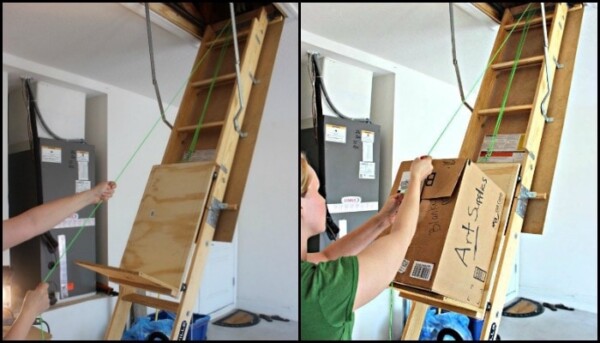Nothing is more frustrating than a weak, slow toilet flush that leaves behind water (or worse, toilet paper and waste). If your toilet is struggling to get the job done, don’t panic—you don’t need a plumber just yet. A slow flushing toilet is usually an easy fix, and with a few simple DIY tricks, you can restore its full power.
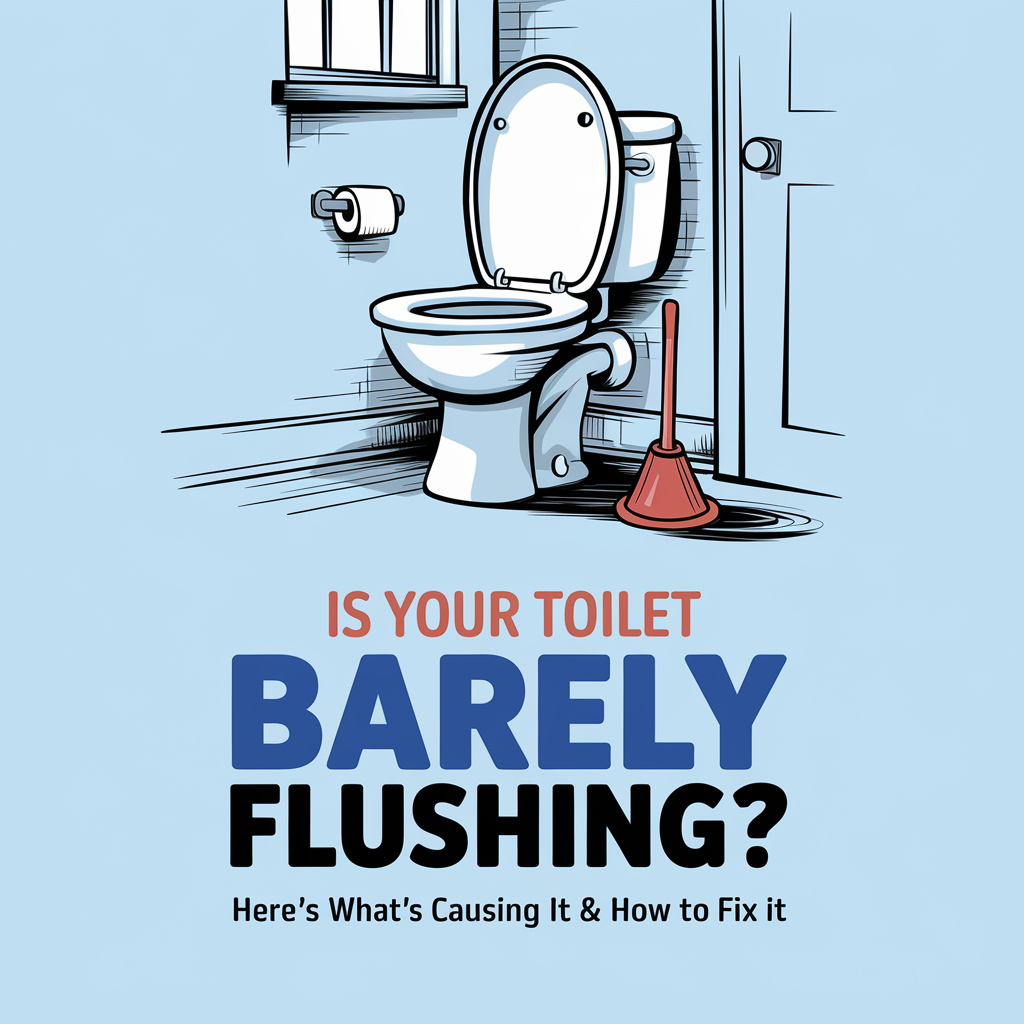
Whether your flush feels sluggish, incomplete, or just doesn’t seem to have that satisfying “whoosh” anymore, this guide will walk you through why it’s happening and exactly how to fix it. Let’s dive in (figuratively, of course—no one wants to be elbows-deep in toilet water).
Before we start fixing things, let’s figure out why your toilet is flushing so slowly in the first place.
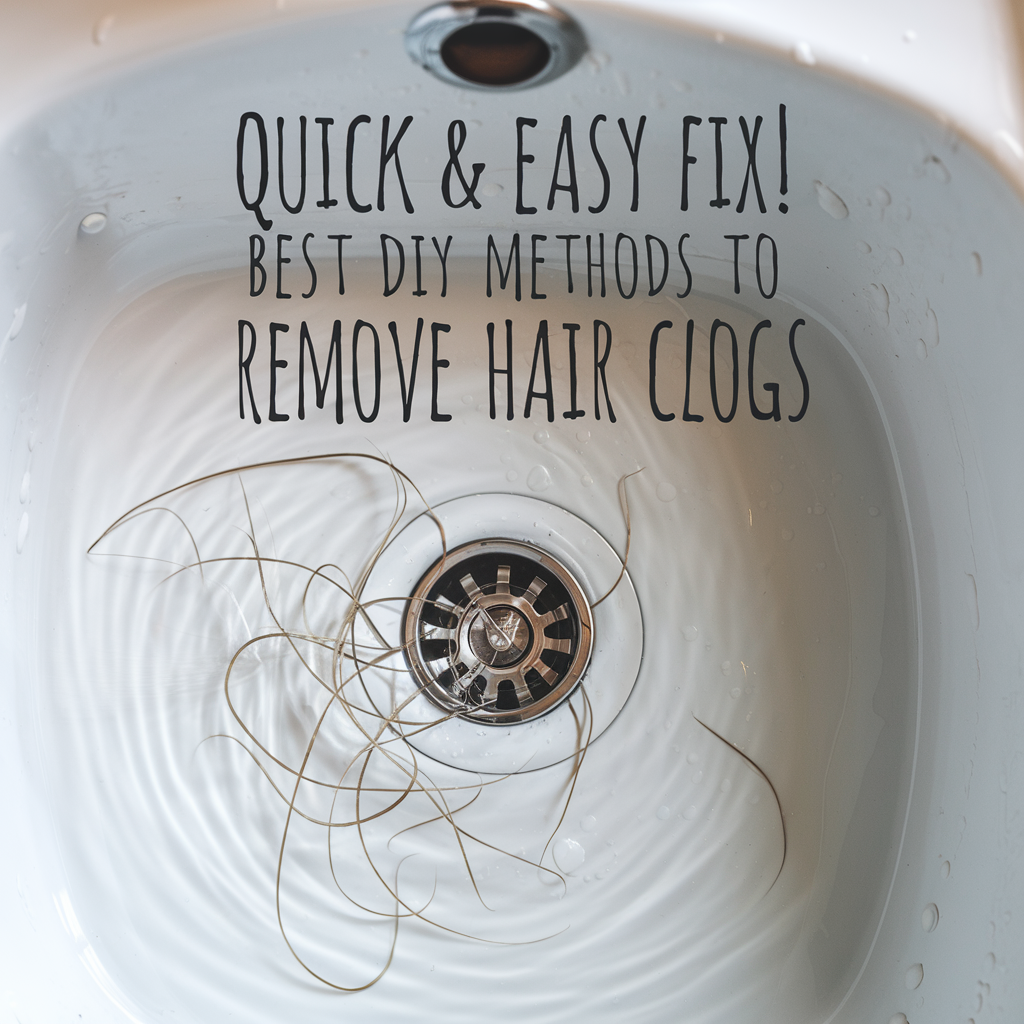
Why Is My Toilet Flushing So Slow? Common Causes
A toilet that flushes like it’s on its last breath can be caused by a few different issues. Some are easy to fix in minutes, while others require a little more effort—but all are doable without a plumber. Here are the most common reasons your toilet is flushing slowly:
1. Partial Clogs in the Drain or Trap
A slow flush is often the result of a partial clog somewhere in the drainpipe or the toilet’s internal trap (the curved section that holds water to prevent sewer gases from escaping).
- How it happens: Toilet paper, small debris, or even things that shouldn’t be flushed (looking at you, “flushable” wipes!) get stuck in the trap.
- How to tell: If the water level rises higher than normal before slowly draining, you likely have a partial clog.
- The fix: A good plunge or an auger (like the Plumb Craft 3′ Light Duty Auger) can usually clear things up quickly.
2. Low Water Level in the Tank
If there’s not enough water in the toilet tank, the flush won’t have the power it needs to push everything through the pipes.
- How it happens: A misadjusted float ball or fill valve can stop the tank from filling up completely.
- How to tell: Take the lid off the tank and check if the water reaches the marked fill line. If it’s low, the flush won’t be as strong.
- The fix: Adjust the float or fill valve so the tank fills properly—more water = more power.
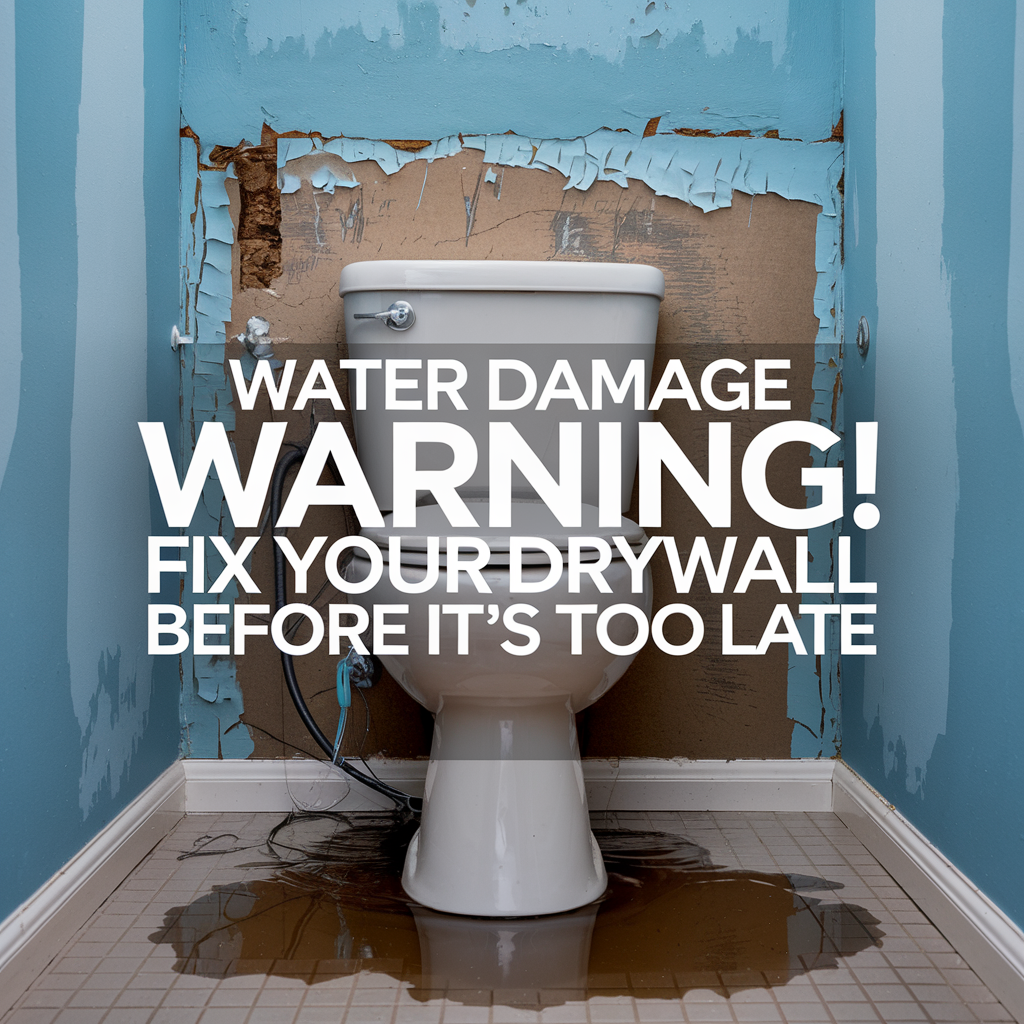
3. Clogged Rim Jets (The Secret Flush Killers)
The rim jets are the small holes under the toilet bowl rim that release water during a flush. Over time, mineral deposits and bacteria buildup can block them, reducing water flow and weakening the flush.
- How it happens: Hard water leaves behind mineral buildup that clogs the tiny holes.
- How to tell: If the toilet swirls weakly before draining, your rim jets might be clogged.
- The fix: Use a small brush, vinegar, or a thin wire to clear out the holes.
4. A Worn-Out Flapper or Faulty Flush Valve
The flapper is the rubber piece inside the tank that lifts when you flush, allowing water to flow into the bowl. If it’s old, cracked, or doesn’t seal properly, your toilet won’t flush with full force.
- How it happens: Flappers degrade over time, especially in toilets with high chlorine levels in the water.
- How to tell: If the toilet runs constantly or takes forever to refill, the flapper isn’t sealing properly.
- The fix: Replace it with a new flapper—a cheap, easy fix that makes a huge difference.
5. Sewer Vent Pipe Issues
Your toilet is connected to a vent pipe that allows air to enter the plumbing system, helping waste flow smoothly. If this pipe gets blocked, the flush will be weaker because the system isn’t venting properly.
- How it happens: Leaves, bird nests, or debris can block the vent pipe, usually located on the roof.
- How to tell: If multiple drains in your house (like sinks or showers) are also draining slowly, a vent issue might be to blame.
- The fix: If you’re comfortable, you can check the vent pipe yourself. Otherwise, this is one of the few cases where calling a plumber might be necessary.
Now that you know why your toilet is flushing like it’s tired, let’s go over the exact steps to fix it.

How to Fix a Toilet That Flushes Slowly
Now that you know what’s causing the weak flush, let’s get your toilet back to full power. These fixes range from quick and simple to a little more involved, but none of them require a plumber. Just grab your tools, maybe put on some gloves (because, you know… toilet water), and let’s get started!
Step 1: Check and Adjust the Water Level in the Tank
If your toilet doesn’t have enough water in the tank, it won’t have the pressure needed for a strong flush. Here’s how to check and fix it:
- Lift the toilet tank lid (carefully—those things are heavy).
- Look inside and check the water level. It should be about ½ inch below the overflow tube.
- If it’s too low, adjust the float ball or fill valve:
- For a float ball: Bend the metal arm slightly upward to let in more water.
- For a float cup (newer models): Adjust the screw on top to raise the water level.
- Flush and see if the water level helps increase flushing power.
If the water level is fine but your flush is still weak, move on to Step 2.
Step 2: Use a Plunger to Remove Partial Clogs
A partial clog is one of the most common reasons for a slow flush. Even if your toilet isn’t overflowing, a blockage in the trap or drainpipe can weaken water flow.
Here’s how to properly plunge a toilet for the best results:
- Use a flange plunger (the kind with an extra rubber ring at the bottom).
- Make sure there’s enough water in the bowl to cover the plunger’s head. If not, add some manually.
- Create a tight seal and plunge forcefully 10–15 times.
- If the flush improves, you’re good to go! If not, move to Step 3.

Step 3: Use a Toilet Auger for Stubborn Clogs
If plunging doesn’t work, you may have a clog deeper in the drainpipe. This is where a toilet auger (also called a closet auger) comes in handy.
A great option is the Plumb Craft 3′ Light Duty Auger, which is specifically designed for home toilets. Here’s how to use it:
- Insert the auger into the toilet bowl drain.
- Crank the handle to extend the cable down the pipe.
- Once you feel resistance, rotate and push to break through the clog.
- Slowly pull it back out (expect some gunk—flush to clean the bowl).
If your toilet is still flushing slowly, the issue might not be a clog—so let’s try another approach.
Step 4: Clean the Rim Jets for Better Water Flow
The rim jets are the small holes under the toilet bowl rim where water flows out during a flush. Over time, mineral buildup can block them, reducing water pressure.
- Grab a small brush (an old toothbrush works) or a thin wire.
- Dip it in vinegar and scrub around each jet hole.
- For stubborn buildup: Tape off the jets with duct tape, fill the tank with vinegar, and let it sit for an hour before flushing.
Cleaning the rim jets can dramatically improve flushing power.
Step 5: Replace the Flapper If It’s Worn Out
If your toilet flushes weakly and runs constantly, the flapper or flush valve might be the problem. A damaged flapper won’t let enough water into the bowl, resulting in a weak flush.
- Turn off the water supply and flush to drain the tank.
- Remove the old flapper (it’s usually attached by two clips on the overflow tube).
- Install a new, high-quality rubber flapper and connect the chain.
- Turn the water back on, let the tank fill, and test the flush.
A new flapper only costs a few bucks and can completely restore flushing power.
If none of these fixes work, it’s time to try boosting your toilet’s flush strength. Let’s go over that next!
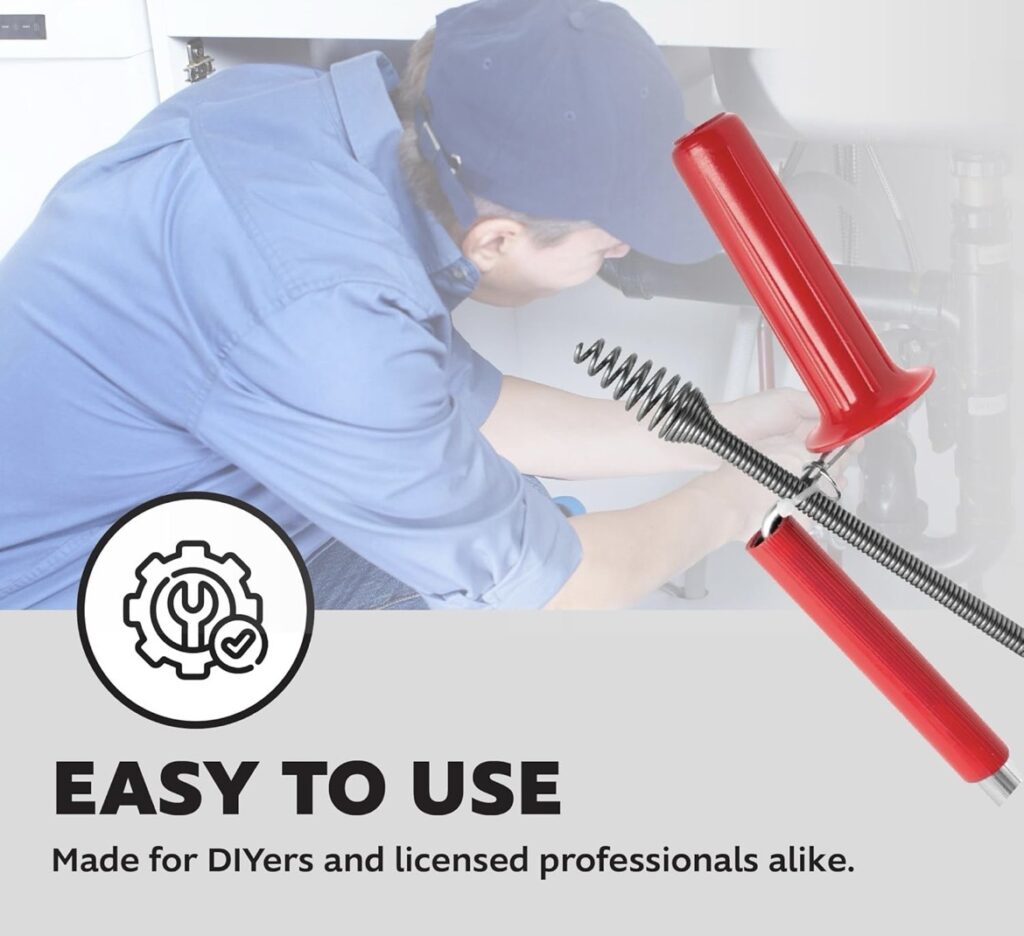
How to Increase Toilet Flushing Power
If you’ve cleared out clogs, cleaned the rim jets, and replaced worn-out parts, but your toilet still flushes slowly, it’s time to boost the flushing power. Here are a few extra tricks to help your toilet flush like new again.
Use Drano Max Gel to Break Down Buildup
Mineral deposits, soap scum, and hidden debris can slow your toilet’s drainage over time. A drain cleaner like Drano Max Gel can help dissolve stubborn blockages and improve water flow.
- Pour Drano Max Gel directly into the toilet bowl.
- Let it sit for at least 30 minutes (or overnight for tough clogs).
- Flush the toilet and see if water drains more quickly.
This is especially helpful if your toilet, sink, or shower drains are all running slow, which could indicate a partial blockage further down the line.
If you’re experiencing drain issues in multiple parts of your home, check out How to Unclog a Drain With Hair: The Best DIY Solutions for additional tips.
Pour Hot (Not Boiling) Water Into the Bowl
If you’re dealing with a minor clog or slow drainage, sometimes all it takes is some hot water to get things moving.
- Heat a pot of water until it’s hot but not boiling (boiling water can crack porcelain).
- Carefully pour the hot water directly into the bowl.
- Let it sit for a few minutes, then flush.
This trick loosens up grease, soap residue, and small clogs in your plumbing.
Use Baking Soda and Vinegar to Clear Deposits
Hard water can leave behind deposits that weaken your flush. A simple baking soda and vinegar reaction can help break down buildup inside the pipes.
- Pour 1 cup of baking soda into the toilet bowl.
- Follow with 2 cups of white vinegar.
- Let it sit for 10–15 minutes before flushing.
This method is also great for keeping your drains clear. If you’re dealing with other plumbing issues, like slow drains or sewer vent problems, check out Understanding Clogged P-Traps: Causes, Fixes, and Prevention for more insight.

Check for Hard Water Buildup in the Tank
If your home has hard water, mineral deposits can build up inside the toilet tank, affecting flushing performance.
- Look inside the tank—if you see white or rust-colored residue, hard water buildup may be the problem.
- Clean the tank with a mix of vinegar and water, letting it sit for an hour before scrubbing.
For more information on how hard water affects your home, read What Causes Condensation on Windows—excess moisture and mineral deposits often go hand in hand.
Flush With a Bucket for a Power Test
If you want to see what a powerful flush should look like, try this simple test:
- Fill a large bucket with water.
- Pour it into the toilet bowl all at once.
- If the water rushes down faster than your toilet normally flushes, the problem is likely with the tank, flapper, or rim jets.
If the water still drains slowly, you may have a deeper plumbing issue.
At this point, if your toilet is still flushing slowly, it might not be an easy fix—so let’s talk about when it’s time to call a plumber.
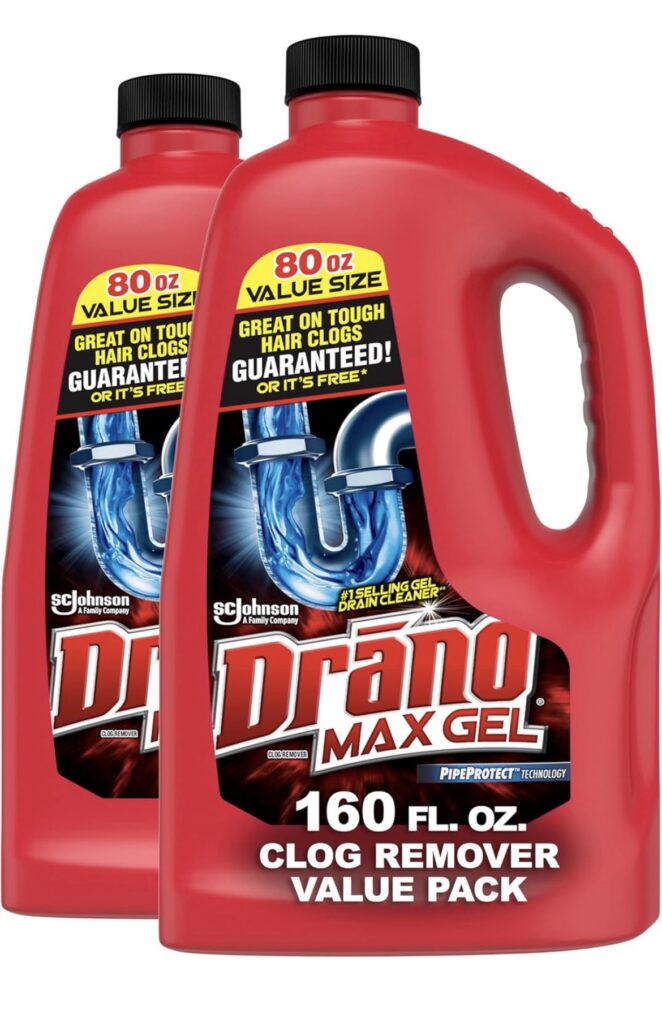
When to Call a Plumber for a Slow Flushing Toilet
At this point, if you’ve adjusted the water level, plunged, used an auger, cleaned the rim jets, and tried Drano Max Gel, and your toilet still flushes like it’s half asleep, you might be dealing with a bigger plumbing issue. Here are some signs that it’s time to bring in a professional.
1. Multiple Toilets or Drains Are Slow
If more than one toilet in your home is flushing slowly, or if your sinks, tubs, and showers are draining sluggishly too, the problem is not just your toilet—it’s likely a clog deeper in your plumbing system.
🚨 Possible issue: A blockage in the main sewer line could be restricting water flow.
🔧 DIY test: Flush the toilet while running water in the sink or shower. If the water level in the toilet rises or backs up into other drains, you need a plumber ASAP.
If your home’s drains are acting up in multiple areas, check out Clogged Sewer Vent Pipe Symptoms, Fixes, and Prevention for more troubleshooting tips.
2. Water Backs Up Into the Tub or Sink When You Flush
One of the biggest red flags of a serious plumbing issue is when flushing the toilet causes water to gurgle in other drains or back up into the tub.
🚨 Possible issue: A partial or full sewer line blockage could be preventing waste from flowing out properly.
🔧 DIY test: Run hot water down the sink or bathtub and see if the toilet water level rises or if you hear gurgling noises. This could indicate a blocked sewer line or venting issue.
If you suspect your vent pipe is clogged, read Understanding Clogged P-Traps: Causes, Fixes, and Prevention to learn how venting issues can affect plumbing performance.
3. Your Septic Tank Might Be Full
If your home is on a septic system and your toilet is flushing slower than ever, it could mean your septic tank is full or failing.
🚨 Possible issue: A full septic tank can cause slow drains, bad odors, and even sewage backup.
🔧 DIY test: Check your yard—if you notice wet spots, a foul smell, or unusually lush grass near the septic area, it’s time to call for a septic inspection.
4. You’ve Tried Everything, and Nothing Works
If you’ve cleaned, unclogged, adjusted, and replaced parts of your toilet and it still flushes weakly, the problem may not be something you can fix on your own.
🚨 Possible issue: You might have an underlying plumbing issue, an aging toilet that needs replacing, or a problem deeper in the pipes.
🔧 DIY test: If you’ve exhausted all options in this guide and nothing improves, it’s time to call a plumber before it turns into a more expensive repair.
Sometimes, calling a professional early can save you from bigger, costlier plumbing disasters later.

If you’re planning more home maintenance and repairs, check out these DIY-friendly guides:
- How to Repair Water-Damaged Drywall and Prevent Future Issues – A must-read before tackling any bathroom renovations.
- Mounting an Outdoor Spigot to Concrete – Handy if you’re upgrading your outdoor plumbing setup.
- DIY Plumbing Repairs Made Easy: A Guide to Tackling Common Issues – Your go-to resource for handling small plumbing problems before they turn into major headaches.
Now, let’s wrap things up with some key takeaways!
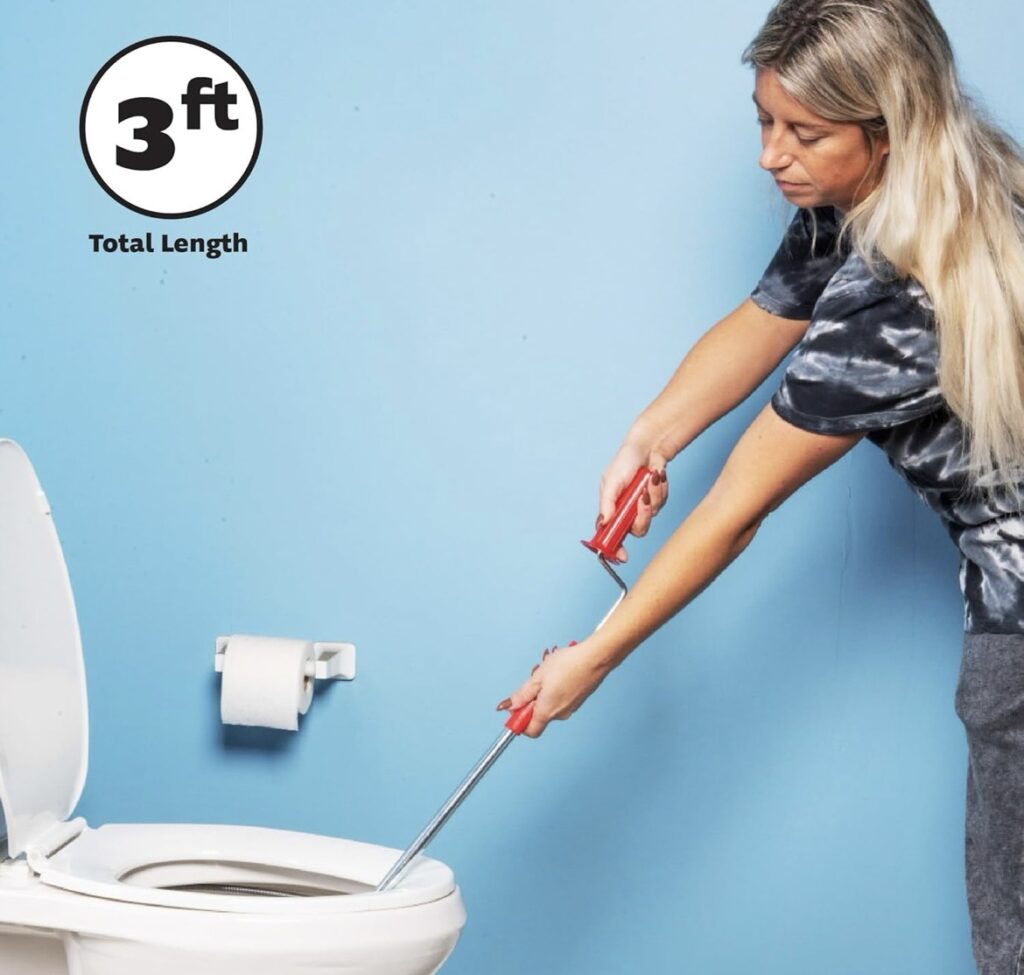
Final Thoughts on Fixing a Slow Flushing Toilet
A slow flushing toilet isn’t just annoying—it can lead to bigger plumbing issues, wasted water, and higher utility bills if left unchecked. Thankfully, most slow flush problems have simple, DIY solutions that don’t require a plumber.
Here’s a quick recap of what you can do to fix a weak flush and get your toilet back in action:
- Check the water level in the tank and adjust the float if it’s too low.
- Plunge the toilet to remove any partial clogs in the trap or drainpipe.
- Use a toilet auger like the Plumb Craft 3′ Light Duty Auger for deeper blockages.
- Clean the rim jets to restore strong water flow.
- Replace the flapper or flush valve if they’re worn out and leaking.
- Use Drano Max Gel Drano Max Gel Drain Clog Remover to break down hidden buildup in the pipes.
- Pour hot water or vinegar and baking soda into the bowl to dissolve stubborn residue.

If your toilet is still flushing slowly after trying all these fixes, it may be a sign of a bigger issue, such as a sewer vent clog, septic tank problem, or main sewer line blockage. In that case, calling a plumber might be the best move to avoid costly damage.
For more DIY home fixes and plumbing solutions, check out these helpful guides:
- How to Unclog a Drain With Hair: The Best DIY Solutions – If slow drains are affecting more than just your toilet.
- Understanding Clogged P-Traps: Causes, Fixes, and Prevention – Learn how plumbing vent issues can slow down water flow.
- DIY Plumbing Repairs Made Easy: A Guide to Tackling Common Issues – Essential tips for keeping your plumbing in top shape.
A little DIY effort can go a long way in keeping your toilet flushing strong and efficient—so don’t ignore that weak flush! Tackle the problem now and enjoy a clog-free, powerful flush for years to come.
As an Amazon Associate we earn from qualifying purchases through some links in our articles.

